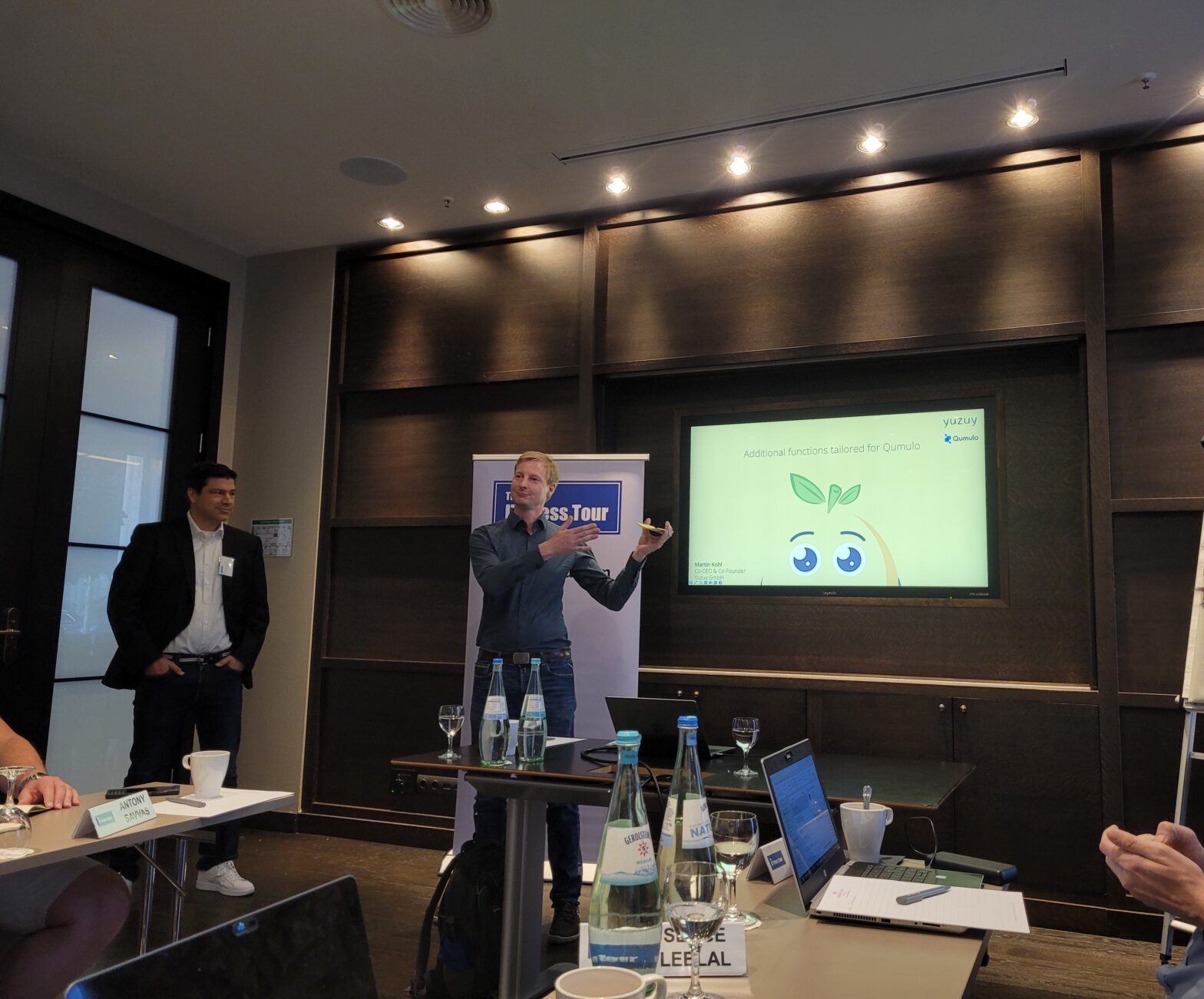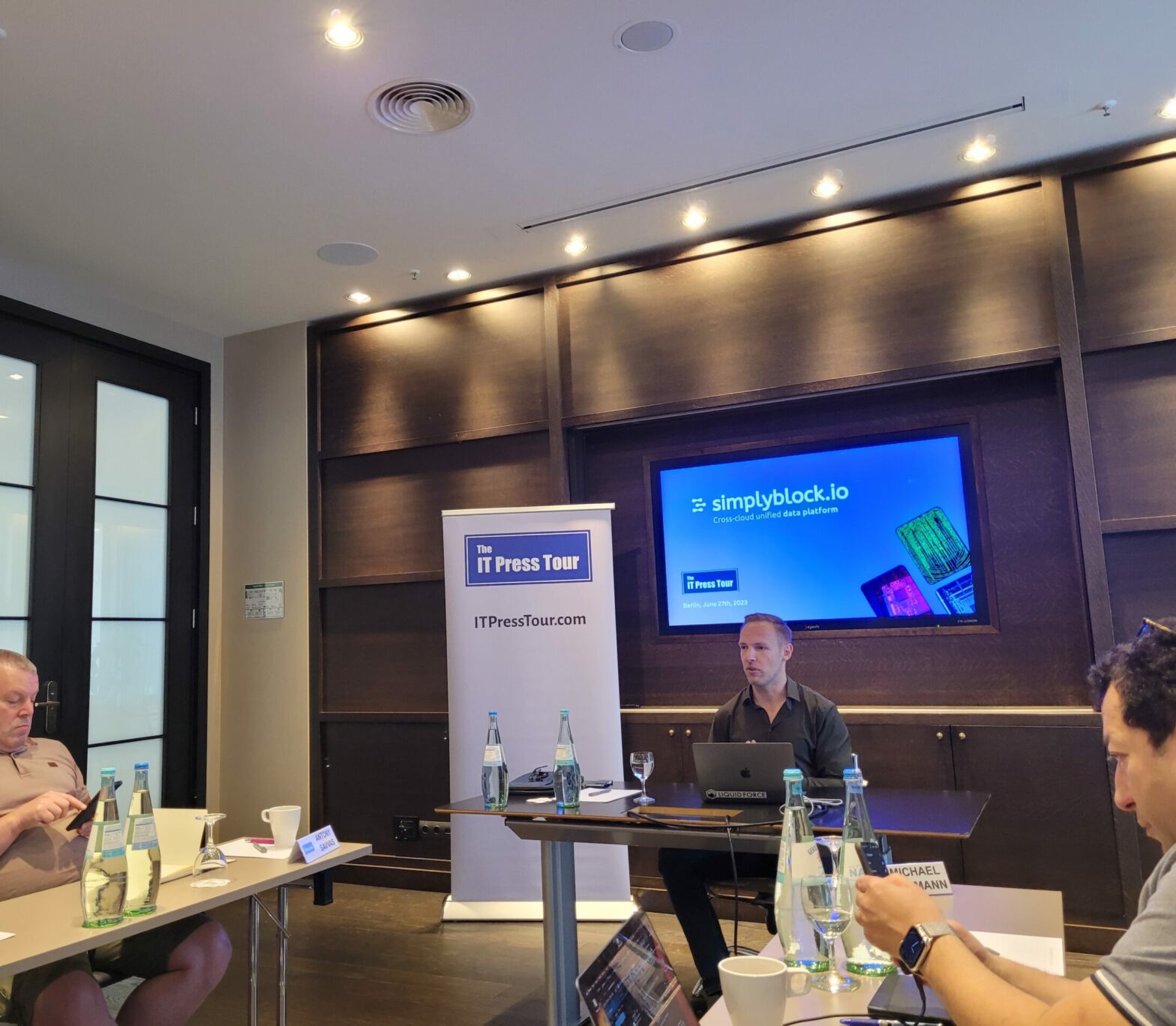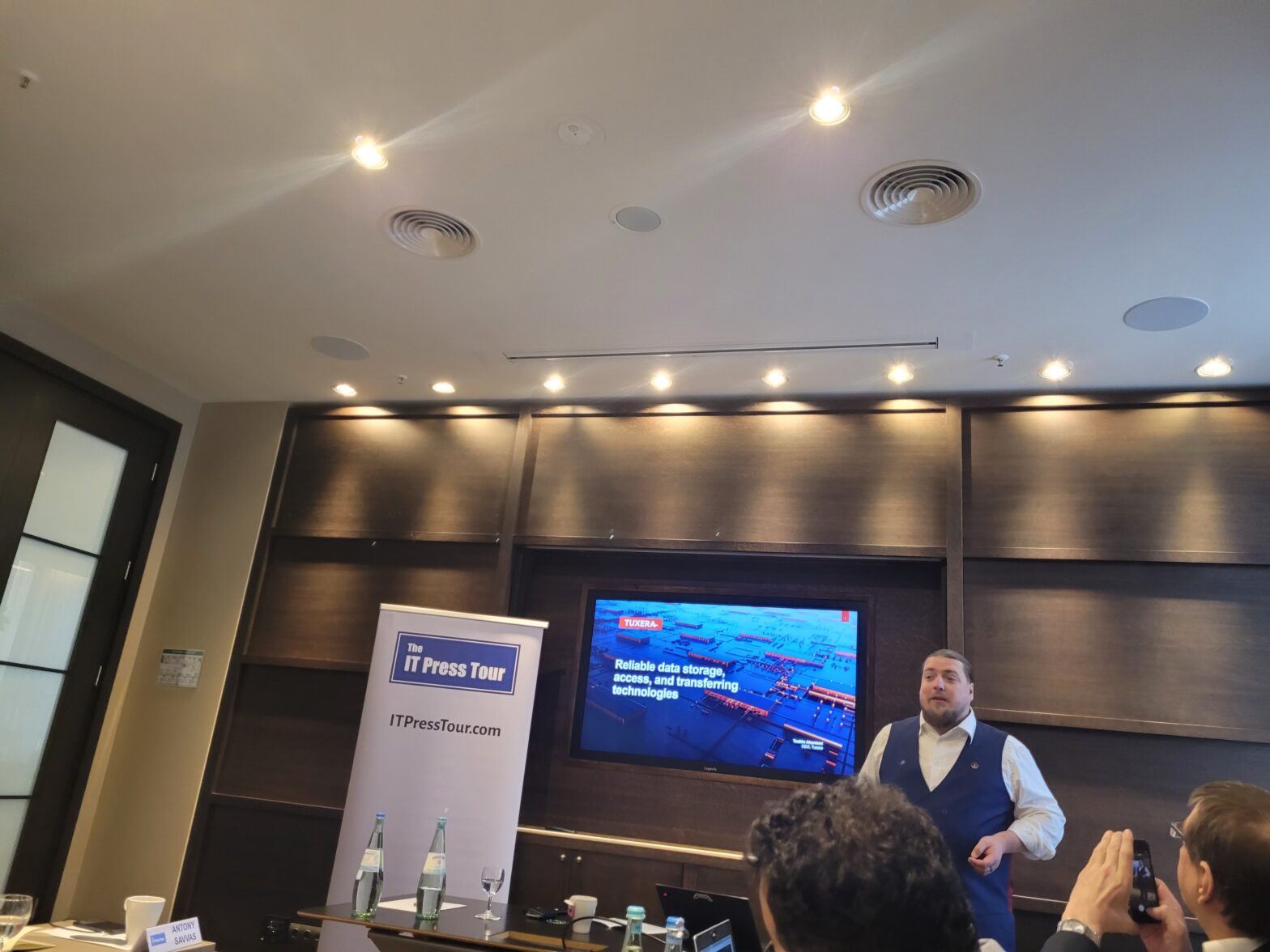In 2008, South African financial services institution Standard Bank decided to expand its London branch. Being a recent development, the Gresham Street premises it chose to move to were certified according to the BREEAM environmentally friendly building standards, with the air conditioning facilities precisely optimised for an employee density of one person for every ten square metres.
Unfortunately, Standard Bank had rather more employees than that: it needed to squeeze in one worker per seven square metres. Having signed the lease in July 2008, Standard Bank had one year to find a way to significantly reduce the heat output of each employee’s equipment, or to rip out and replace the entire air conditioning system.
The answer lay in thin client computing and desktop virtualisation. With far fewer moving parts, thin client devices produce considerably less heat than conventional PCs, and Standard Bank knew what had to be done.
Interesting Links
Lessons from the virtual desktop – For desktop virtualisation to deliver a return on investment, the reduction in PC support costs and capital expenditure on desktops must outweigh the extra investment required in the data centre and on the network.
Eight years previously, the company had run a thin client pilot that was, according to infrastructure architect Paul Cotgrove, “a complete disaster” for two reasons. Firstly, the technology was then immature, he says, and secondly, they had tested it on the most resource-intensive desktop environments. “When we started talking about thin clients again, there was a certain amount of apprehension among users who remembered the bad old days,” says Cotgrove.
A new approach
This time, a different approach was taken. Instead of a ‘server-based computing’ system, whereby users access a dedicated environment desktop located on a remote server, Standard Bank deployed a virtual desktop infrastructure (VDI) environment from VMware, in which a new instance of a standardised desktop image is created each time a user logs in. Beyond the set applications located on the standard desktop, users can access other, virtualised apps as dictated by their personal profile.
To accompany the VDI environment, Standard Bank selected thin client devices from Wyse. “We wanted to avoid having to manage an operating system on the thin client,” explains Cotgrove’s fellow infrastructure architect, Joel King, “because that would have involved managing security patches. Wyse’s devices use what they call ThinOS, which is effectively firmware.”
There were a number of hurdles on the road to deployment. For example, not all applications leant themselves to virtualisation, including the bank’s SAP deployment. In each case, it was presented with a choice – either include that application in the standard desktop image (thereby increasing the burden placed on the underlying infrastructure) or exclude users who needed the application from the VDI migration.
Eventually, 20% of the 700 employees who were originally destined for migration had to be excluded, while SAP is so widely used that it became part of the standard desktop image.
Paybacks
The bank has drawn many benefits from its thin client deployment. Chief among these is a reduced desktop management overhead. Not only can most problems that users encounter be fixed remotely but there are also fewer of them, and they are easier to fix. “If there is a problem, it’s going to be one of two things,” explains King. “Either it’s a problem with the virtual machine, which logging out and in again will usually fix, or it’s a problem with the users’ profile, in which case we’ll just create a new profile for them.”
Another benefit is to the flexibility of the organisation. Previously, even moving employees around within the premises had cost the bank hundreds of thousands of pounds a year, as it would usually require engineers working out of hours; that cost was almost entirely eliminated. It has also enhanced the experience of home and mobile workers, says Cotgrove.
Nevertheless, rearchitecting the organisation’s entire infrastructure, selecting the necessary equipment, virtualising and testing 150 applications, and migrating several hundred users to new devices – all in just one year – was a considerable challenge. “It was worth it in retrospect,” says Cotgrove, “but it was a hectic time.”










